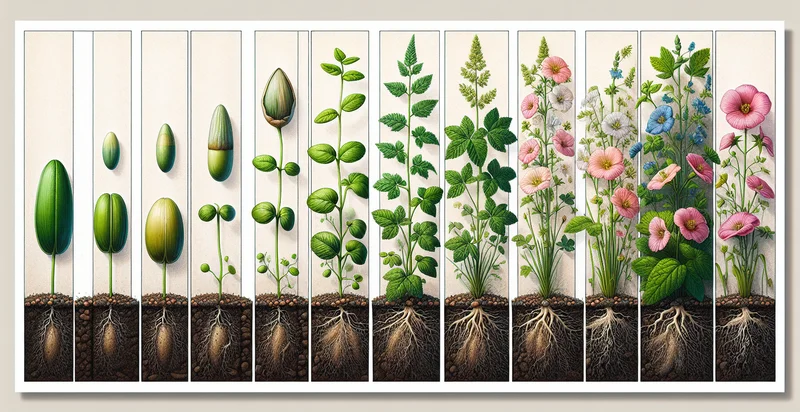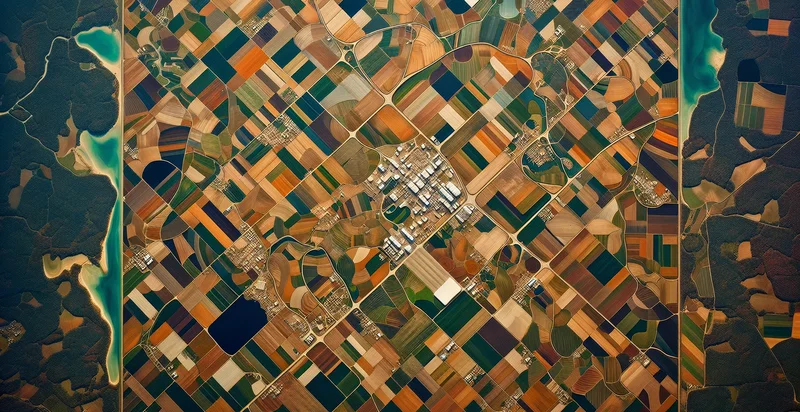Identify plant growth stages
using AI
Below is a free classifier to identify plant growth stages. Just upload your image, and our AI will predict what stage of plant growth it is - in just seconds.

Contact us for API access
Or, use Nyckel to build highly-accurate custom classifiers in just minutes. No PhD required.
Get started
import nyckel
credentials = nyckel.Credentials("YOUR_CLIENT_ID", "YOUR_CLIENT_SECRET")
nyckel.invoke("plant-growth-stages", "your_image_url", credentials)
fetch('https://www.nyckel.com/v1/functions/plant-growth-stages/invoke', {
method: 'POST',
headers: {
'Authorization': 'Bearer ' + 'YOUR_BEARER_TOKEN',
'Content-Type': 'application/json',
},
body: JSON.stringify(
{"data": "your_image_url"}
)
})
.then(response => response.json())
.then(data => console.log(data));
curl -X POST \
-H "Content-Type: application/json" \
-H "Authorization: Bearer YOUR_BEARER_TOKEN" \
-d '{"data": "your_image_url"}' \
https://www.nyckel.com/v1/functions/plant-growth-stages/invoke
How this classifier works
To start, upload your image. Our AI tool will then predict what stage of plant growth it is.
This pretrained image model uses a Nyckel-created dataset and has 7 labels, including Budding, Flowering, Fruiting, Mature, Seedling, Senescent and Vegetative.
We'll also show a confidence score (the higher the number, the more confident the AI model is around what stage of plant growth it is).
Whether you're just curious or building plant growth stages detection into your application, we hope our classifier proves helpful.
Related Classifiers
Need to identify plant growth stages at scale?
Get API or Zapier access to this classifier for free. It's perfect for:
- Crop Health Monitoring: This function can be used by farmers to monitor the growth stages of their crops. By analyzing images, it can provide insights into plant health, allowing farmers to make timely decisions regarding irrigation, fertilization, and pest control.
- Agricultural Research: Researchers can utilize the classification function to study the growth patterns of various plant species. By categorizing growth stages, they can better understand the factors influencing plant development, leading to improved agricultural practices and sustainability.
- Automated Harvest Scheduling: Agribusinesses can implement this function to optimize harvest schedules based on the growth stage of crops. By identifying when plants reach their peak maturity, businesses can maximize yield and reduce waste, ensuring timely harvesting.
- Educational Tools for Agriculture: Agricultural schools and institutions can leverage this classification function to teach students about plant growth stages. By providing real-time analysis, students can gain practical insights and improve their understanding of plant biology and cultivation techniques.
- Smart Gardening Apps: Developers of gardening applications can integrate this function to assist hobbyists and urban gardeners in monitoring plant development. By informing users of the growth stage of their plants, the app can suggest appropriate care tips and treatments for optimal growth.
- Market Analysis for Agro-products: Agri-market analysts can use this function to gauge the development of crops in various regions. Understanding growth stages helps in predicting market supply and demand dynamics, enabling better planning and pricing strategies for agricultural products.
- Climate Impact Studies: Environmental scientists can apply this function in studies assessing the impact of climate change on plant growth. By classifying growth stages over time, researchers can identify trends and correlations, thereby contributing to broader climate adaptation strategies in agriculture.


